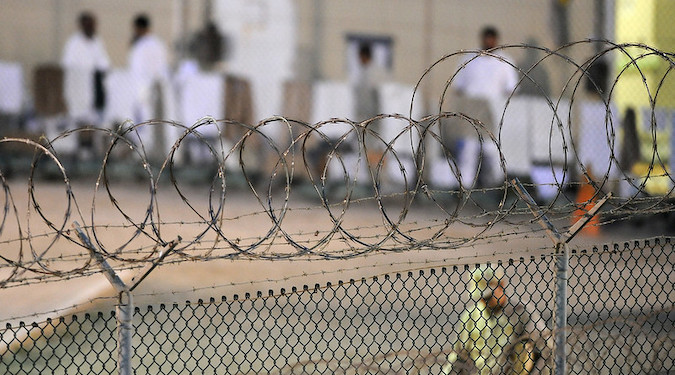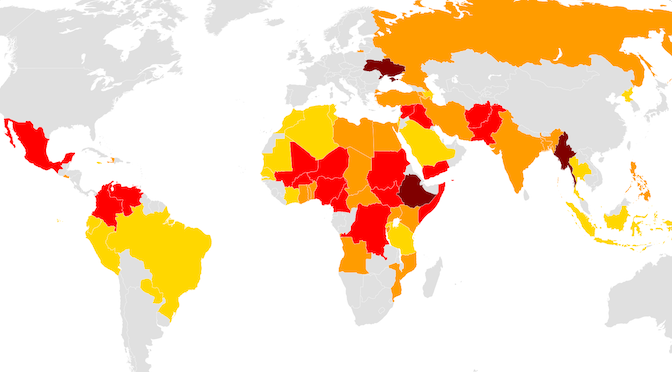Aaron Shepard endeavors to examine the roots of the failures of the Guantanamo military commissions and suggest potential solutions to remedy them. His paper begins with an introduction to the concept of military commissions, including a brief overview of their historic utilization and import. It then provides a detailed background on Guantanamo Bay, covers the… Continue reading Commissions Impossible: How Can Future Military Commissions Avoid the Failures of Guantanamo?
Tag: War on Terror
Managing the Terrorism Threat with Drones
The contours of America’s counterterrorism strategy against al Qaeda and the Islamic State have remained remarkably consistent over the past two decades, broadly focused on degrading al Qaeda’s and the Islamic State’s external attack capabilities and global networks, disrupting their operations through military operations or enhanced law enforcement and border security, and denying them sanctuaries.… Continue reading Managing the Terrorism Threat with Drones
Endless War Challenges Analysis of Drone Strike Effectiveness
Whether counterterrorism drone strikes are effective is one of the major questions currently facing US policymakers. The objectives offered as justifications for these strikes are arguably vague and over-broad and therefore run the risk of taking on an endless character. David Sterman argues that “endlessness” is a hazard that has not been appropriately addressed by… Continue reading Endless War Challenges Analysis of Drone Strike Effectiveness



